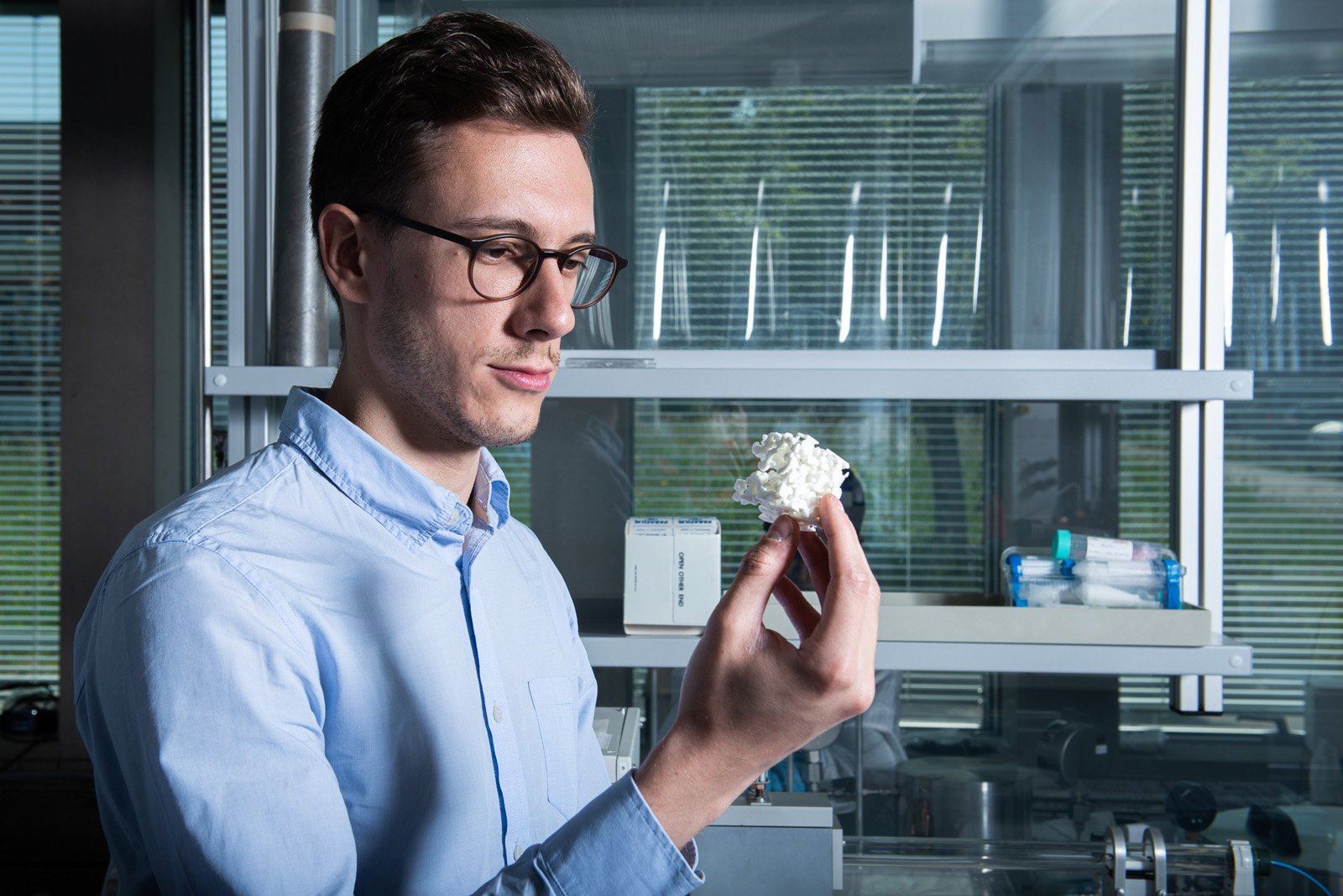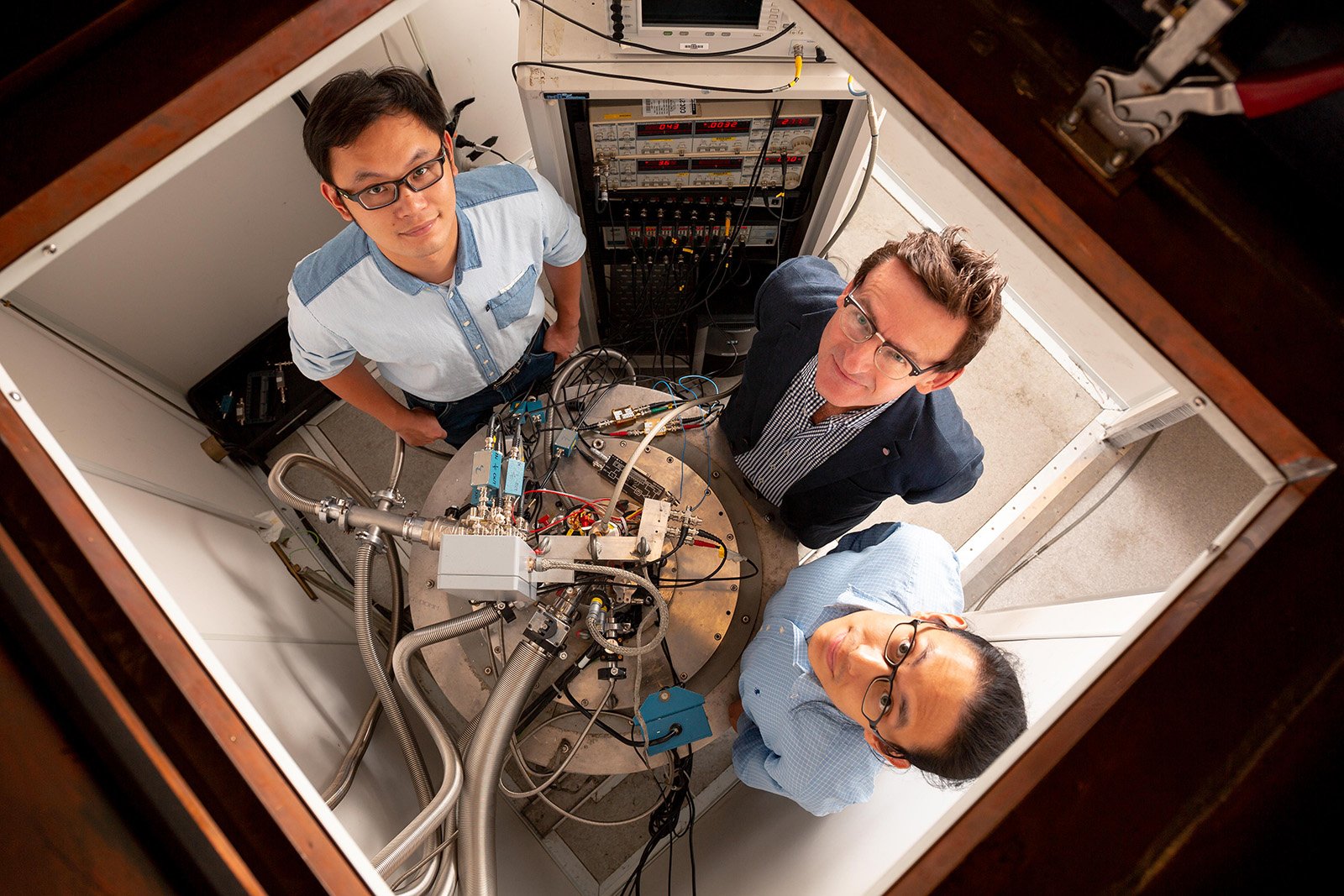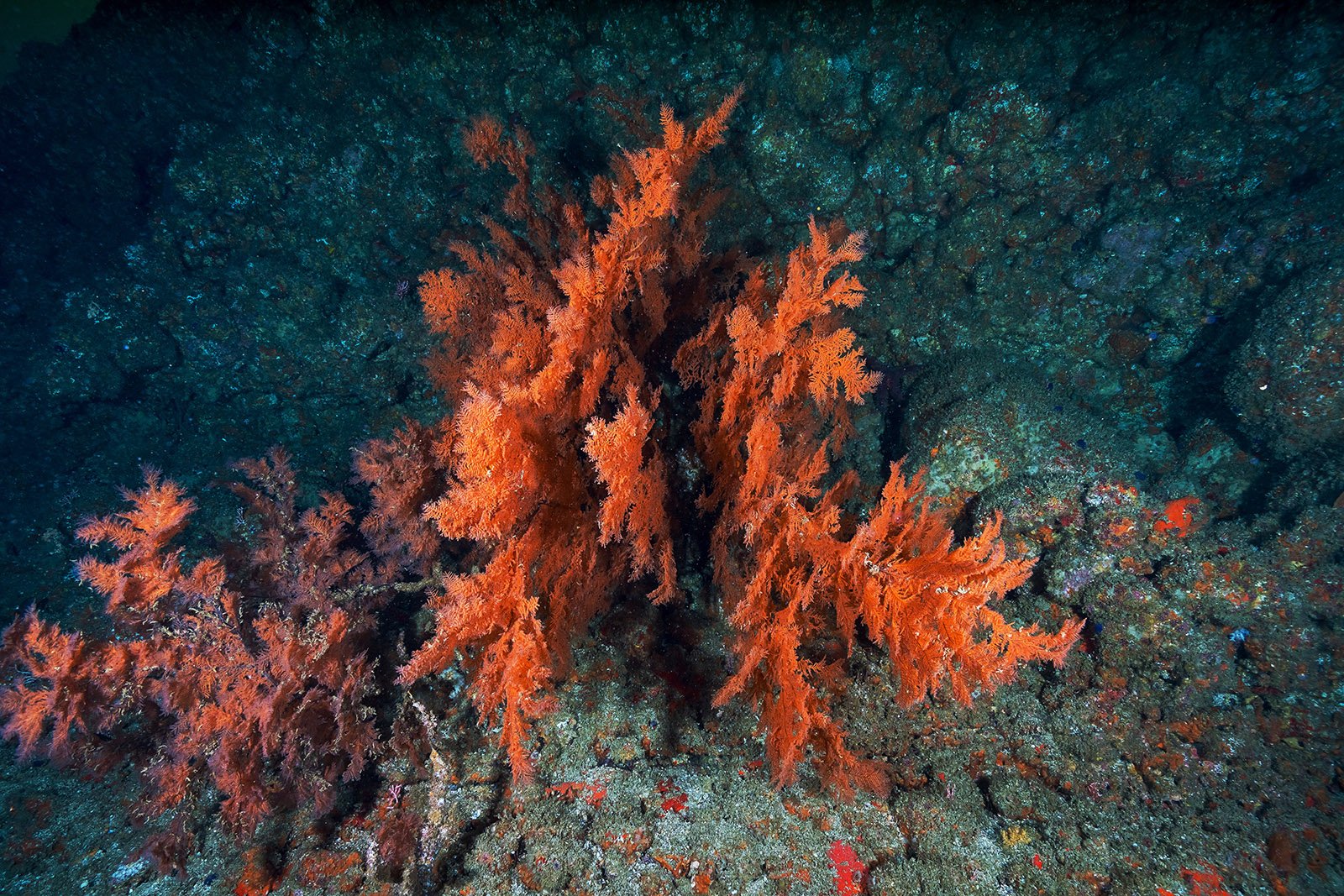New material with magnetic shape memory
Researchers at the Paul Scherrer Institute PSI and ETH Zurich have developed a new material whose shape memory is activated by magnetism. It retains a given shape when it is put into a magnetic field. It is a composite material consisting of two components. What is special about the new material is that, unlike previous … Read more









